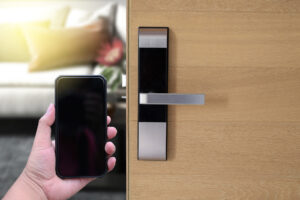
How Contactless Check-In Hotel Technology Can Boost Your Business
Guests expect convenience and efficiency when they stay at your hotel – and the check-in process is no exception. A 2025 survey found that more

Guests expect convenience and efficiency when they stay at your hotel – and the check-in process is no exception. A 2025 survey found that more

Great customer service comes down to genuine connections – especially in hospitality, where every guest interaction matters. When your team has the right tools, those

In the hospitality industry, providing excellent communication is essential to delivering a memorable customer experience. Whether guests are making a reservation, inquiring about amenities, or